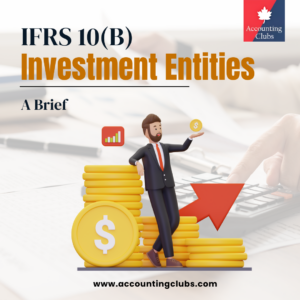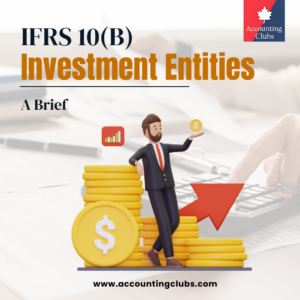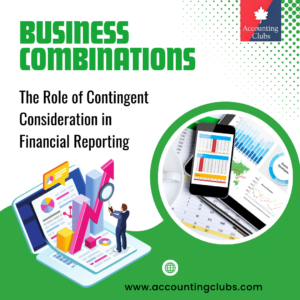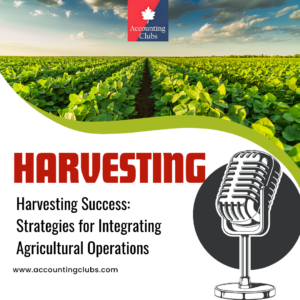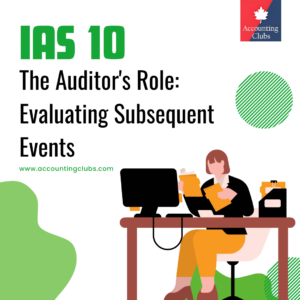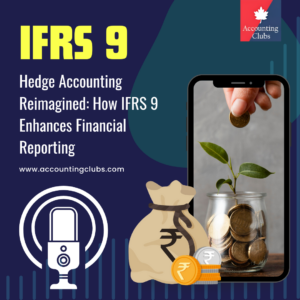Venture Capital Investments
What are the characteristics of ‘venture capital’ investments?
A ‘venture capital’ investment can be distinguished from other investments by considering: a. the way it is managed, b. the nature of the investment, and c. expected returns. ‘Venture capital’ investments are often in high-risk start-up ventures, where the entity looks for capital growth rather than an income return.
| ‘Venture Capital’ investments | ‘Non-venture Capital’ investments |
| 1. Held as part of an investment portfolio, where their value is through their marketable value rather than as a medium through which the entity carries out its business. | Strategic investments are held for the longer term and might generate benefits in addition to growth in the investments’ fair value.
|
| 2. The entity aims to generate growth in the value of its investments in the medium term and usually identifies an exit strategy or strategies when the investments are made. | The investments are made for strategic purposes, rather than for medium-term growth in fair value.
|
|
3. The investments are typically in businesses unrelated to the entity’s business. |
An entity might make a strategic investment in a similar or related business, to derive synergy or other benefits or as the first step towards acquisition.
|
| 4. The investments are managed on a fair value basis. | Held for strategic growth and therefore not managed on a fair value basis.
|
Practical issues relating to ‘venture capital’ organisations
What are the characteristics of ‘venture capital’ organisations?
Where an entity is a member of a recognised venture capital organisation, or it meets the conditions for membership of a recognised venture capital organisation, this would be evidence that it met the conditions for exemption in IAS 28. In less obvious situations, the following characteristics indicate that an entity is a venture capital organisation: It has, as its principal business, the provision of equity finance to unquoted companies and makes its returns mainly through medium to long-term capital gain. These activities might include start-up and other early-stage expansion, management buy-out or management buy-in investment which includes an ‘equity-type’ return. It takes an active role in helping to build and develop the companies in which it invests. It is a member of a recognised regulatory authority, where appropriate.
Is the exemption available if the entity undertakes both venture capital and other business activities?
In this case, the distinction might be more difficult to make. The exemption applies to venture capital ‘organisations. The ‘organisation’ does not have to be a separate legal entity, but it does have to be a division or a branch that is clearly separated and managed independently from the entity’s other business activities (for example, the division or branch might have its own management team). The ‘organisation’ must undertake a venture capital business that is managed with the objective of earning a return on its venture capital investments.
Is the exemption available if the investment held by the ‘venture capital’ organisation is accounted for at fair value through other comprehensive income?
IFRS 9 – No. To take advantage of the scope exemption in IAS 28 for a venture capital organisation’s economic interest or consolidated financial statements, a venture capital organisation cannot make the irrevocable election, on initial recognition, to present changes in fair value in other comprehensive income as allowed under IFRS 9, because the scope exemption in IAS 28 requires fair value changes to be recognised in profit or loss.
IAS 39 – A venture capital organisation holds investments for periods up to three to five years and classifies such investments under IAS 39 as available-for-sale. To take advantage of the scope exemption in IAS 28, these investments need to be designated as at fair value through profit or loss on initial recognition and not classified as available-for-sale under IAS 39. The classification as available-for-sale would not result in fair value changes being recognised in profit or loss; instead, such changes are recognised in other comprehensive income. The entity could designate such investments as fair value through profit or loss only if they satisfy the principle of paragraph 9(b)(ii) of IAS 39.
Does the exemption apply where the ‘venture capital’ organisation is a subsidiary?
The exemption in IAS 28 applies if the venture capital organisation is a subsidiary included in the parent’s consolidated financial statements, even if the parent itself is not a venture capital organisation. However, the scope exemption is not applied to investments in the same investee that are held by the parent’s other subsidiaries or divisions that are not venture capital organisations. It would also be necessary to consider whether the investment made by the subsidiary venture capital organisation in a related group entity is a venture capital investment, and whether the parent (in its consolidated financial statements) and subsidiary (in its own financial statements) should equity account the investment instead.
Venture capital organisations that undertake both venture capital and other business activities
Example 1 – Entity undertakes both venture capital and other business activities
An entity is interested in making investments in high-growth start-up companies. Some of the investments might be over 20%. Some of the investments are likely to qualify as associates under IAS 28, but others will not. Management would like to hold the investments for the medium term, but would seek to exit as soon as a flotation or sale occurred. The entity itself has an established business in the retail sector, but it would be treating these investments as an ‘incubator fund’ separate from its main business. The high-growth start-up entities that it is interested in investing in will typically not be retail. The fund is managed independently from the retail activities and has its own management team. The incubator fund is a clearly separate business of the entity, managed independently from the retail activities. The incubator fund’s investments are managed on a fair value basis as part of a portfolio, they are acquired for growth in fair value, and the businesses of the investments in the fund are typically unrelated to the reporting entity’s principal operations (that is, not retail). In addition, fair value measurement would produce more relevant information for management and the entity’s investors. Therefore, it would be appropriate for management to take the IAS 28 exemption in relation to investments in the incubator fund.
Example 2 – The entity is a professional adviser with ancillary venture capital activities
An entity is not precluded from being a venture capital organisation if it provides advisory and management services and takes an active role in helping to build and develop the entities in which it invests. However, where an entity is a professional adviser, and its venture capital activities are ancillary to its main activity of corporate advisory services, the circumstances need to be examined carefully to determine whether the exemption is available, as the following example illustrates. An entity provides corporate advisory and management services to start-up and developing entities in the technology sector. In return, the entity takes equity stakes in the technology companies, which it intends to hold for the medium to long term. Some of these might be interests of 20% or more. Some or all of these will qualify as associates under IAS 28. In this specific situation, it might be argued that: a. the principal activity is corporate advisory services; b. the investment activity is ancillary to that activity; and c. this is not a clearly segregated business of the entity. Therefore, the entity should not be treated as a venture capital organisation. There will be situations where such an argument would be the correct one, particularly if the entity provided a majority of its services for cash and only took equity occasionally (such as might be the situation with a large professional firm of accountants or lawyers). However, where the entity takes equity stakes almost exclusively as consideration, and then treats the investments as a portfolio like a venture capitalist, it would be treated as qualifying for the exemption in IAS 28.

